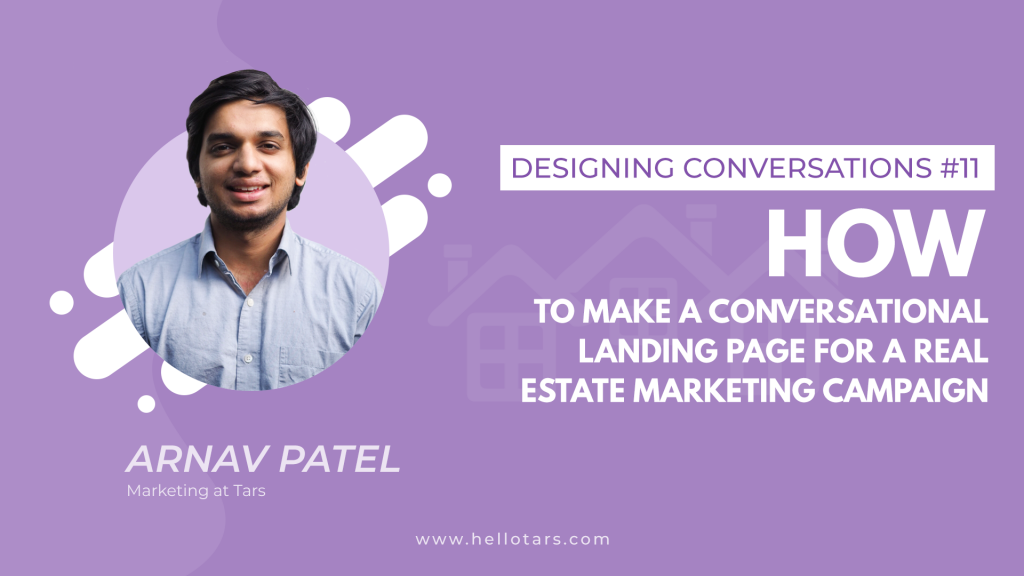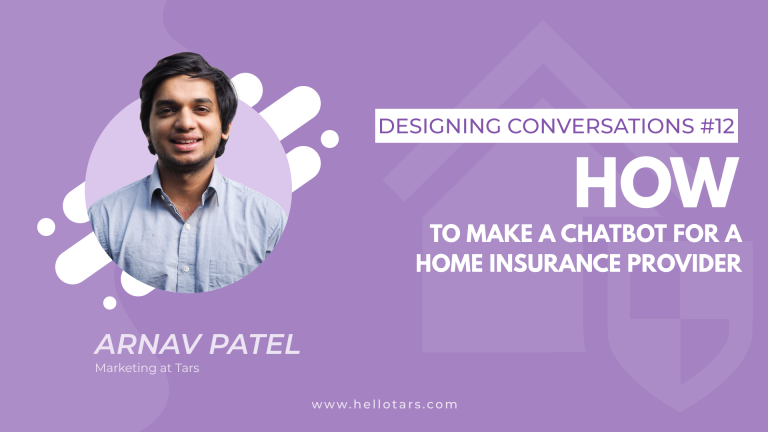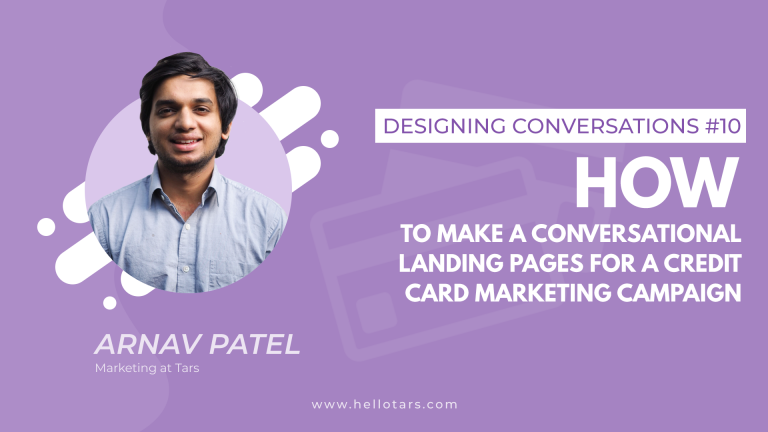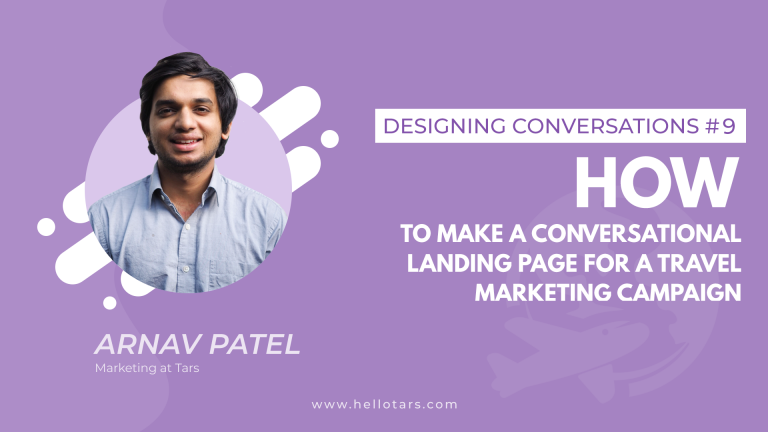[Designing Conversations] How to Make a Chatbot for a Real Estate Marketing Campaign

Chatbots are more engaging than form and phone-based lead capture and it gives prospects the feeling of instant response they desire in real estate marketing
Of course, building a chatbot requires a skill set that is unprecedented in real estate marketing.
Rather than focusing on mobile optimization, form fields, CTAs, and folds, you need to consider hooks, etiquette and message delays. This guide is the ultimate cheat sheet for creating a real estate chatbot. It will show you exactly how to create a conversational flow that converts.
Check out the 1010 Wilshire Chatbot: http://bit.ly/2M7ZQYX
And the 1010 Wilshire Landing Page: http://bit.ly/2W7vb1B
Landing Page Assessment
In doing research for this guide, I found several different types of landing pages in the real estate space from real estate listing landing pages to agent aggregator landing pages.
I decided to settle on a landing page from a real estate developer for one of their properties in Downtown LA.
I chose this landing page for two reasons. First, because it is a direct interaction between real estate developer and buyer/renter.
This means that the company running this ad has literally no other concern other than increasing conversion rate (which is what we are trying to do). Second, the page is just plain ugly. There is so much going on on the page, and when you click on a CTA you are greeted by a god-awful full-page form.
There is so much going on on the page, and when you click on a CTA you are greeted by a god-awful full-page form.
Creating the Chatbot
If there is one thing you should take away from this guide it is that your chatbot should sound as human as possible.
When people see a chat interface they think that they are talking to something that has human traits.
It is this perception of humanity that makes chatbots feel more personal than forms and consequently yield a higher conversion rate.
The best way to achieve this sense of humanity in your bots is to put yourself in its shoes and pretend like you were personally interacting with every visitor to your page. How would you phrase your questions? What would you say to go that extra mile and offer good customer service? These are the sorts of considerations you should be making.
In the time that I’ve been creating chatbots, I have noticed a few recurring trends in the way I phrase messages that could serve as a reference for you.
Greet the Prospect
If you dropped into a chat with a human customer service rep and they immediately started asking you questions it would either seem super robotic or just plain rude.
To avoid both of these outcomes I’ve found that greeting your prospects with a simple hi or hello before you begin the lead gen process is a good tactic to adopt.
Order your Questions Well
I’ve found that certain ways of ordering your lead generation flow can come off as kinda spammy.
The two concrete tips I can give you to avoid such a situation is to, ask for the name first because I have found that when I am talking to someone for the first time, my natural instinct is to find out who I’m talking to…
…and ask for contact details at the end of the conversation because asking for it too early can come across as being super sales-y and make your bot seem like a glorified popup.
Instead, I’d ask for the details important to the prospect first (e.g. property details, or tour date) and then tack on the contact question at the end as an incidental detail.
Phrase Your Questions Correctly
This gets back to what I was saying earlier about making your bot sound as human as possible.
If your bot sounds too artificial, your bot will start to feel like a glorified form, and you want to avoid that.
This is especially true in the way you phrase your questions. Be careful not to make your questions seem like they are form fields
In the case of the 1010 Wilshire bot, for example, one of the form fields was phrased like “Leave any additional comments below”
Such a field label works in a form but it is not the sort of thing a human being would say if they were guiding the conversation. This is why I rephrased it as “Is there anything else we should know before you come in?”
Design your page well
This has less to do with the humanity of your bot and more just plain old branding, but if prospects drop into a bot that looks vastly different than the page they were on (especially if the bot has a generic blue-grey iMessage theme), the bot will seem like spam and you won’t be able to show off your engaging lead gen experience to your prospects.
I recommend using your primary and secondary brand colors for the bot and user message bubble colors.
The End Result
The end result of your hard work is a high-converting chatbot that captures high quality leads through your real estate marketing campaigns.
Of course, this is only the first stage of the creation process. Testing your chatbots, and optmizing your messaging after you’ve deployed your bot is absolutely important if you want to see real results from your bot. It will allow you to find errors in your flow, observe where users are dropping and most importantly drive more business.
Arnav is the Director of Content Marketing at Tars. He spends most days building bots, writing about conversational design and scrolling through Giphy’s trending section looking for the gifs that go into the Tars Newsletter.
Recommended Reading: Check Out Our Favorite Blog Posts!

[Designing Conversations] How to Make a Chatbot for a Home Insurance Provider

[Designing Conversations] How to Make a Conversational Landing Page for a Credit Card Marketing Campaign

[Designing Conversations] How to make a Conversational Landing Page for a Travel Marketing Campaign

Our journey in a few numbers
With Tars you can build Conversational AI Agents that truly understand your needs and create intelligent conversations.
years in the conversational AI space
global brands have worked with us
customer conversations automated
countries with deployed AI Agents
